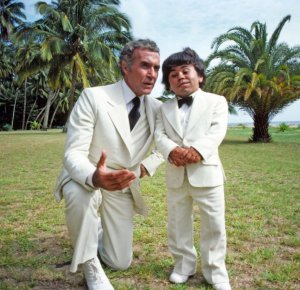- Joined
- Dec 2, 2015
- Posts
- 24,825
Well it's possible.Are you saying that you keep flexing your legs in a turn as the turn forces increase?
I do the opposite, i straighten my leg as the forces increase, to better resist them.
Then in transition, i flex my legs to release
These guys prob often have a very short long phase and then they're into the front of the boot as the skis come around.
These guys do extension, retraction, and neither at transition. Meaning just go over. They don't always get real straight for the forces. Two are wcup globe winners.
I'm not sure you could film more and show less skiing, but Salomon tried.
Skiing after 0:35.
